In this post I'll be looking at the Canon RF mount 16mm f/2.8, 28mm f/2.8, 35mm f/1.8 IS macro, and 50mm f/1.8 lenses and seeing how they perform for infrared and ultraviolet photography.
A video version of this blog post is available here if you prefer: Canon RF 16, 28, 35, 50mm lenses tested for Infrared and Ultraviolet photography.
Unfortunately it seems very difficult to find information on how lenses will perform in IR and UV, leaving you with the only option of buying the lens and then testing it yourself. Kolari Vision does have a very helpful Lens Infrared Hotspot page. However just because a lens has no hotspot does not necessarily mean it will be a good performer for false colour infrared images. And a hotspot will not nessarily be a problem if it is not too severe to correct.
For these tests I shot each lens with no filter (full spectrum), the QB39 (visible light), a 760nm infrared filter, and Baader U ultraviolet pass filter. All images were taken on my full spectrum converted Canon R5.
All lenses were tested with no step ring or hood for the full spectrum (no filter) photo to allow a look at vignetting caused by the lens itself. A stepping ring was used with each lens to allow fitting my 49mm size filters for all the other images.
The 16mm and 50mm were used with a hood for all shots where a filter was used. The 28mm was used without a hood (the hood is a screw-on type and makes mounting filters without vignetting more difficult). The 35mm was also used without a hood as I don't have a hood for it currently.
The same white balance was used for each set of images taken with a specific filter, so any difference in colour between the images are down to the lens (and changes in the natural light).
Unless otherwise stated, all shots are at f/8, which is where I would typically shoot these lenses.
Full Spectrum
Starting off we'll look at the full spectrum images, for each lens I'm showing the overall image, a crop of the centre, and a crop of the right edge.
50mm
The 50mm is good in the centre, edges are not so great, but better than the 35mm and I would class it as acceptable.
Full Spectrum, lens corrections off
Next we'll look at the same set of images but with lens corrections turned off. For each lens I'm showing the overall image, and a crop of the right edge.
16mm
Starting with the 16mm again, we get really bad hard vignetting in the corners. The field of view is wider, and the edges are slightly better due to not being stretched out so much by the distortion correction.
28mm
With lens corrections turned off on the 28mm image, we get soft vignetting and the field of view is slightly wider. Edges were already good, and are even better without the distortion correction.
35mm
On the 35mm we see slight amount of soft vignetting and there is a tiny bit of distortion being corrected normally. But there is not much difference between having distortion correction on or off.
50mm
With the 50mm, distortion and vignetting correction (when at f/8) are virtually non-existent. I'm sure we'd see much more vignetting correction if shooting at f/1.8, but I'm not bothered about that.
Basically the longer the focal length, the less distortion correction and vignetting correction is needed.
Visible light (QB39 filter)
Next looking at image quality in visible light. Note the white balance on these images is not neutral, but the warmer colour is more accurate to what it looked like to my eyes. For each lens I'm showing the overall image, a crop of the centre, and a crop of the right edge.
The 28, 35, and 50 are all good performers when used in visible light, which is what they were designed for. The 16mm lags behind, but it is still good enough in my opinion.
Near infrared (Zomei 760nm filter)
Now looking at infrared only, I shot this series at both f/8 and wide open to check if there was any difference in IR hotspot visiblity depending on the aperture. There is also a better test for hotspots coming up later.
16mm @ f/8
The 16mm at f/8 is good in the centre, poor at edges. It is better at the edges if we turn off distortion correction, but still not great.
16mm @ f/2.8
16mm @ f/2.8 is good in the centre, but mush at the edges with or without distortion correction. Seems to be hotspot free.
28mm @ f/2.8
Sharp in the centre, soft at the edges but sharp towards the lower corners, indicating the lens has some field curvature. No noticeable hotspot.
35mm @ f/8
35mm @ f/8 has a very noticable diffuse IR hotspot. The image is sharp in the centre, softer towards the edges, but acceptable.
35mm @ f/1.8
Probably still has an IR hotspot but it's not noticeable. Sharp in the centre but soft at the edges.
50mm @ f/8
The 50mm when shot at f/8 has no noticeable hotspot. Sharp in the centre and at the edges.
False colour infrared (Lee 101 Yellow filter)
Most of the time when I want to shoot infrared, I want false colour infrared, which is a mix of visible light and infrared. Unfortunately most lenses do not perform well for this, as they focus infrared and visible light at different points. I call this IR CA, it is basically transverse chromatic aberration. But because IR is recorded in all 3 colour channels, you cannot correct it like you can with standard visible light transverse CA.
For me, I want a lens that has as little IR CA as possible, and looks relatively good when zoomed in at 100%.
These shots were taken using a Lee 101 Yellow filter, and have a +89 hue shift applied in post to give the cyan sky and pink foliage look.
16mm
The 16mm is okay in the centre, but rapidly falls off to a mess of blur and IR CA towards the edges.
35mm
The 35mm is good in the centre, poor towards the edge with noticeable IR CA. The diffuse IR hotspot is noticeable but not very bad.
50mm
And the 50mm is good in the centre, and just about okay towards the edge with noticeable IR CA. Better than the 35mm though.
Ultraviolet (Baader U filter)
For this test each lens was shot wide open with the Baader U UV pass filter. In hindsight, despite being arguably the best UV pass filter, the Baader U perhaps was not the best choice for these focal lengths. However it is still useful to see the results, and I have more tests with my UV colour checker coming up later where I also try a couple of other UV pass filter combos.
Like the other tests, here I'm showing the overall image, followed by centre and right edge crops for each lens.
16mm, f/2.8, ISO4000, 1/30s
Because the Baader U is a dichroic filter we see a really bad coloured vignetting effect when using it on a wide-angle lens. However, the image white balanced fairly well and it is sharp in the centre.
28mm, f/2.8, ISO3200, 1/30s
The 28mm at f/2.8 has the same problem we saw with the 16mm due to the wide-angle, but not as bad. Sharp in the centre but very soft at the edges. There is a strong purple tint indicating little UV being passed.
35mm, f/1.8, ISO1600, 1/30s
The dichroic filter still does not work well in front of a 35mm lens. The image is soft all over and has quite a strong purple tint indicating it is not very UV sensitive.
50mm, f/1.8, ISO640, 1/30s
We see very little effect from use of a dichroic filter at 50mm. However, the whole image is quite soft. Although not as purple as the 28mm and 35mm, we still have a purple tint to the image. And there is a halo effect like really strong backlighting around the trees and on the horizon.
IR Hotspot testing (Zomei 760nm filter)
For this test I shot a blank sheet of card with each lens using the Zomei 760nm filter, at both f8 and wide open. Unfortunately I don't have any way of perfectly evenly lighting a neutral background, but for this test I kept the lighting the same for each lens and so they should be fairly comparable. The grey card was lit by an AD200 flash with bulb head and a large bulb diffuser, pointed at the ceiling. The flash was set to half power for the f/8 images, then adjusted by the appropriate number of stops when shooting wide open. (So 1/16 power for the f/2.8 lenses and 1/32 for the f/1.8 lenses).
The distance between the card and camera was adjusted as necessary for each lens to try and keep roughly the same framing. All were shot focused at infinity.
16mm @ f/8
Excuse the shadow of the camera here, this is just from having to place the camera so close to the background without moving the lighting. There's no noticeable hotspot here.
28mm @ f/8
We have a relatively small diffuse hotspot, larger than the 50mm and more noticeable in this test than any of the other lenses being tested.
35mm @ f/8
It's more obvious to me in a thumbnail than the larger image, but we have a fairly large diffuse hotspot.
50mm @ f/8
We can see it does have a small hotspot, but the edges are quite soft. If you had the centre of the frame filled with something dark and plain like blue sky or still water it would probably be more obvious. Other than that you probably won't notice it.
Bear in mind that diffuse hotspots can be corrected for. So while it is extra work when processing images, a diffuse IR hotspot does not make a lens unusable for IR.
UV Color Checker testing
This test uses my UV Colour Checker for testing UV transmittance.
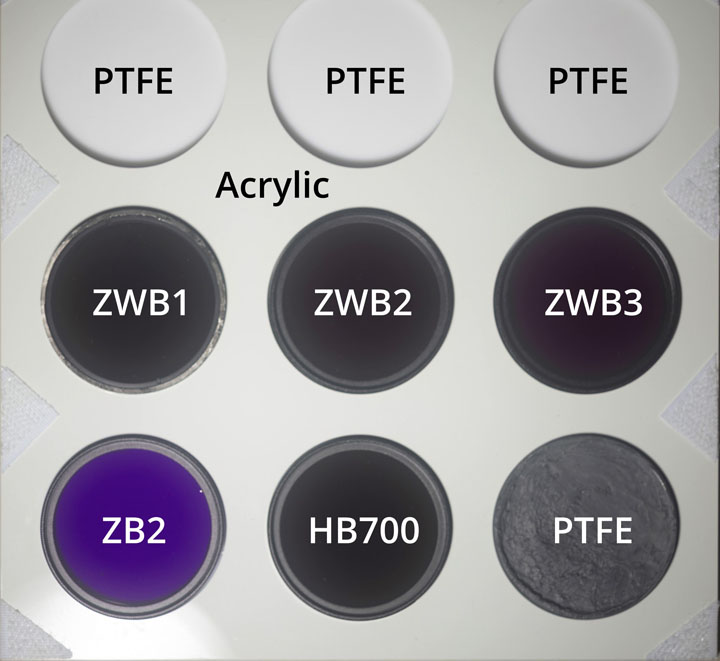
UV Color checker when viewed in visible light
When photographed in UV, the top row of targets in this test and the bottom right grey target should be neutral. The middle row and bottom left are UV pass filters in order of how much visible light they pass. The brighter and more yellow these filters appear, particularly the ZWB1 on the left of the middle row, the more UV the lens passes.
The middle filter at the bottom is an IR pass filter and so should be black. And the acrylic surrounding the filters should be blue in UV.
All images were shot with the AD200 flash with the bulb head and AD-S2 reflector at 1/8 power. No lens hoods were used, and all were shot at f/2.8.
Each image was white balanced individually using the same custom camera profile in Adobe Camera RAW. You'll see in most cases that even with the custom max green tint profile, the images were not able to be white balanced correctly. I did also try RAW Therapee but found that was even worse for getting a correct white balance.
16mm with TSN575 and ZWB2 filters
This filter combo is absorptive rather than interference based, and so does not have problems on wide-angle lenses. We can't get a good white balance and the ZWB1 is quite a dull yellow, indicating the lens / filter combo does not pass very deep into UVA.
16mm with ZWB1 2mm and QB39 2mm thick filters
This gives a better white balanced result, but is about one and half to two stops darker than the TSN575 ZWB2 filter combo. Note the ZWB1 filter on the left has been replaced with the Baader U in this image since I was using the ZWB1 on the lens. So you can't directly compare this to the other images, but we can still say that the yellow colour of it is not very deep.
28mm with TSN575 and ZWB2 filters
The 28mm lens would just constantly rack focus, even when set to manual focus, so I had no way of taking this image normally. This may have been down to the weight of the 82mm thread size ZWB2 TSN575 filter combo.
I had to press the lens release and partly unlock the lens while taking an image with no filter to get the aperture to freeze wide open. Then attach the filter and take the photo like this. Because the lens is focus by wire there was no way of adjusting the focus.
How blurry the image is indicates there is a big focus shift between visble light and ultraviolet. (The lens was focused correctly in visible light when I unlocked it). The white balance is off and the ZWB1 is pretty dark, so all in all this is definitely not a good lens for UV.
35mm with TSN575 and ZWB2 filters
White balance is well off and the ZWB1 filter is quite dark, indicating poor UV performance.
35mm with Baader U filter
White balance is slightly better, but still off. We don't really see any issue from the dichroic filter in this close-up image compared to what we saw earlier in the landscape image with the same lens and filter. Still, UV performance here is poor.
Noflexar 35mm with Baader U filter
For comparison here we have the Noflexar 35mm lens at f/3.5, a known good UV lens. The Baader U here was placed in a drop-in filter adapter behind the lens, something you cannot do with RF lenses. You can see the ZWB1 is nice and yellow here, showing the relatively good UV performance of this lens and filter combo.
Noflexar 35mm with TSN575 and ZWB2 filters
The Noflexar 35mm lens with the ZWB2 TSN575 combo filter is not as good. White balance cannot be set correctly and the ZWB1 is darker. So we can say that even if you could find a native RF mount lens with good UV performance, you'd have to hope it was a longer focal length so you weren't constrained to only using absorptive UV pass filters.
50mm with Baader U filter
With the Baader U it is slightly better. It does not appear to pass very deep into UV, but still, it is not too bad for a modern lens.
In summary, the RF 16mm is not a particularly great lens in visible light, and is even worse for infrared.
The 28mm I am very impressed with for Vis and IR, and it is very small and light as well. It does have an IR hotspot, but this is correctable in post.
The 35mm I was dissapointed with, it is only any good in visible light and just about passable for pure IR.
The 50mm is not great for false colour IR, but it is good enough to still be usable in my opinion.
All 4 lenses are poor for UV, though the 16mm is relatively good for a modern lens, with the 50mm a bit behind it. The 28mm is terrible for UV, which is annoying considering how good it is for IR.

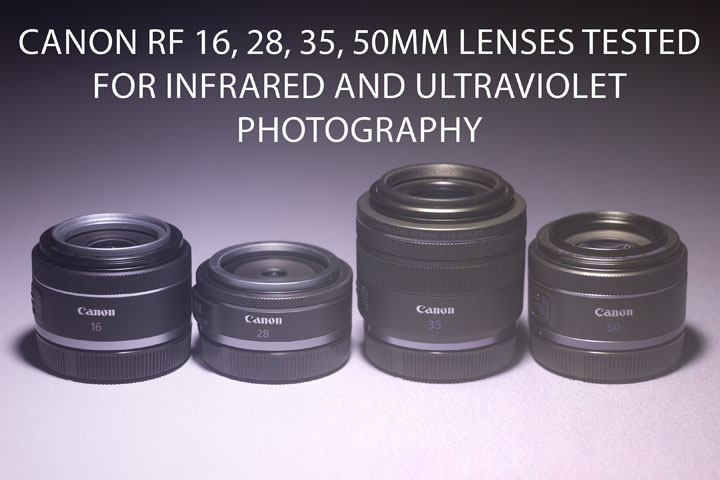
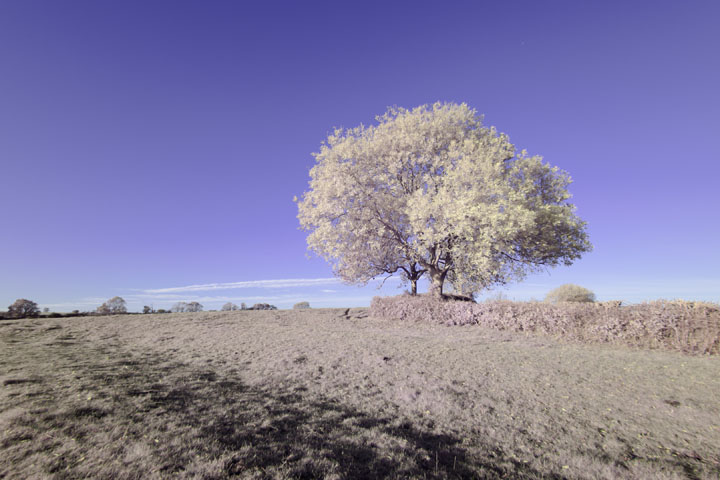

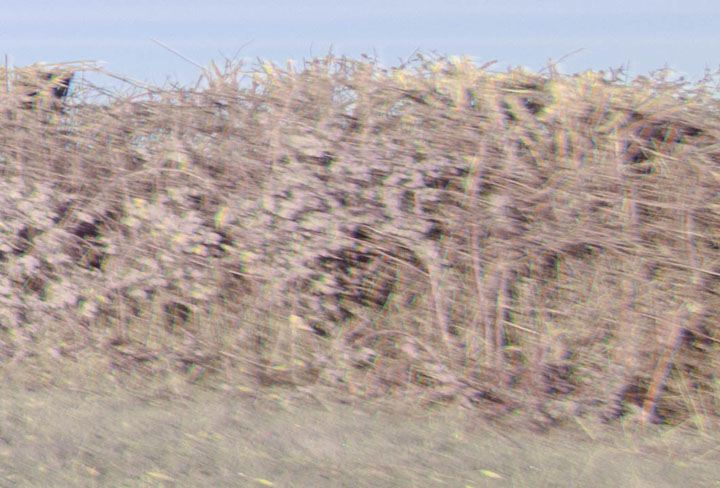
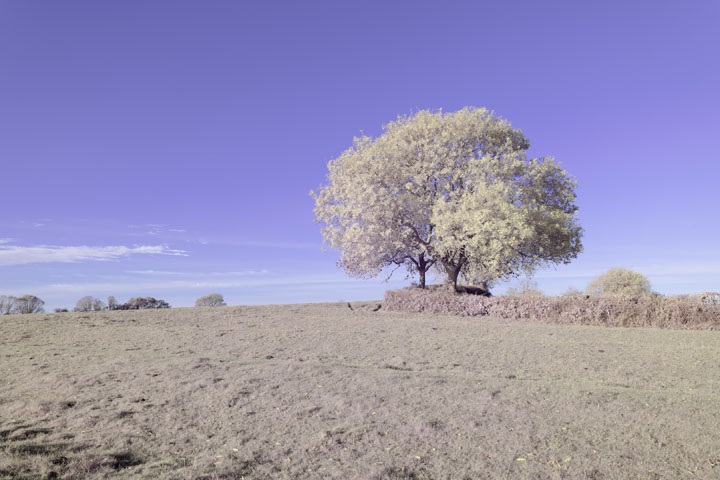
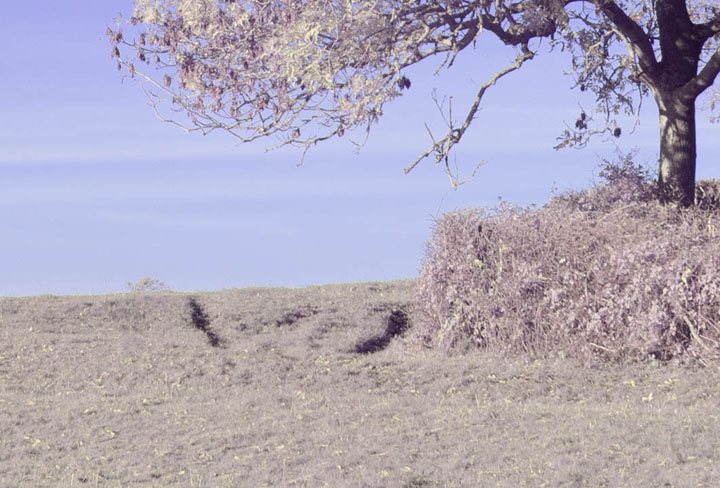
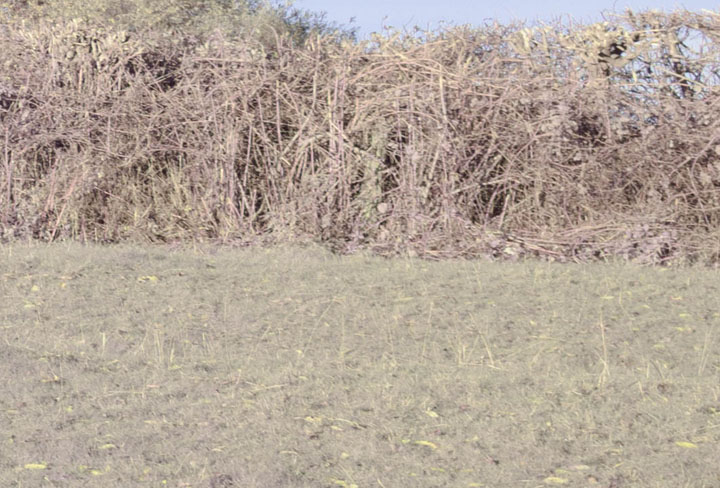
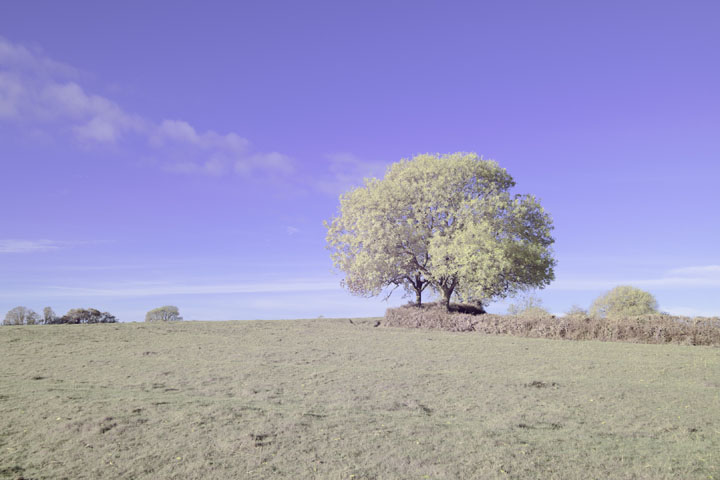
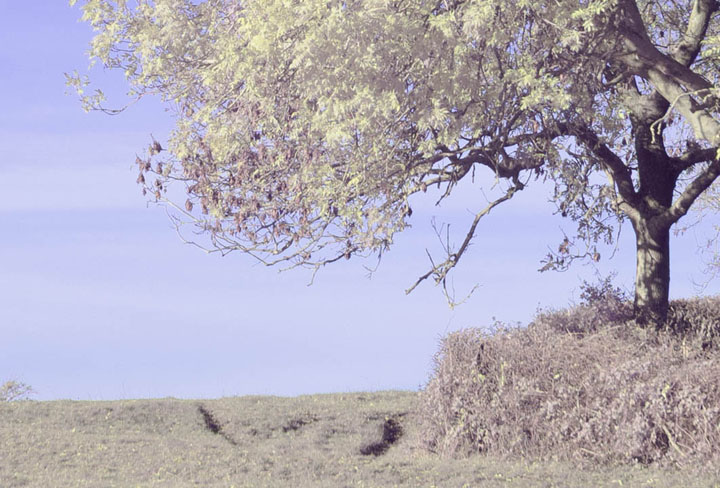
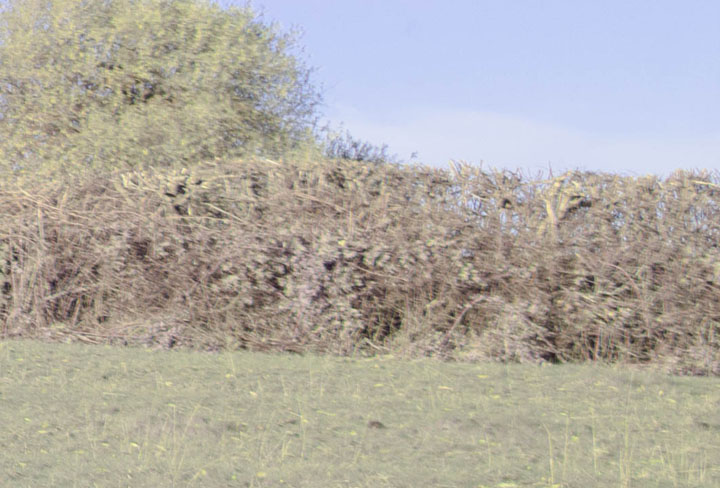
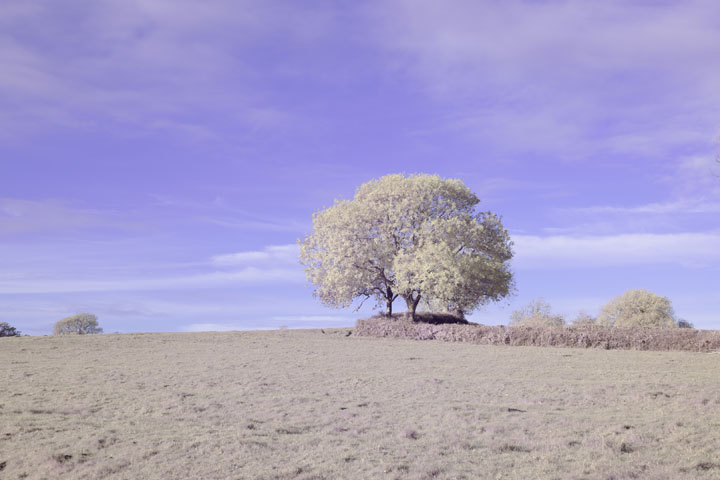









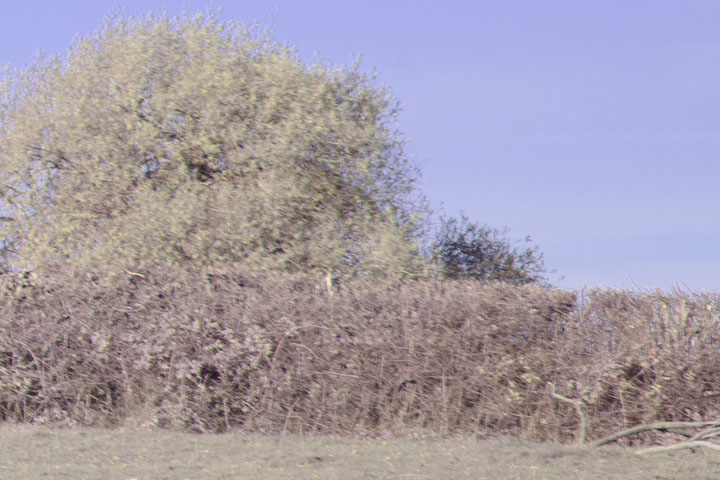













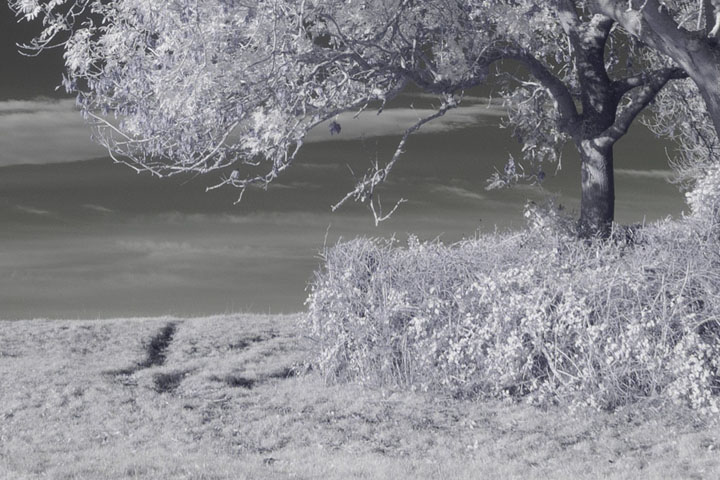




















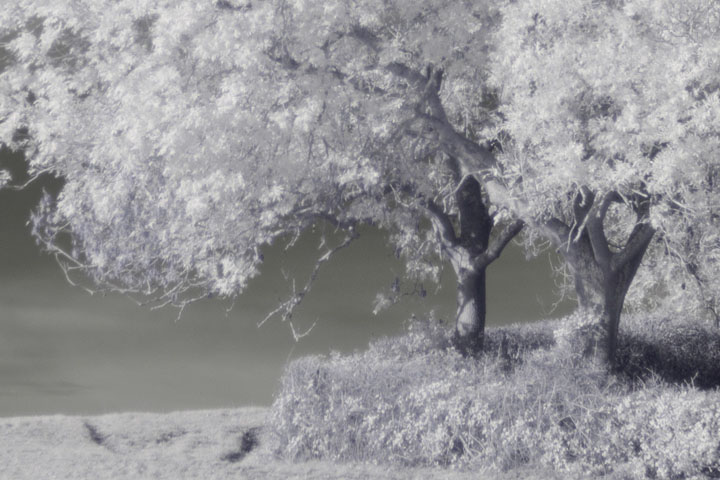

































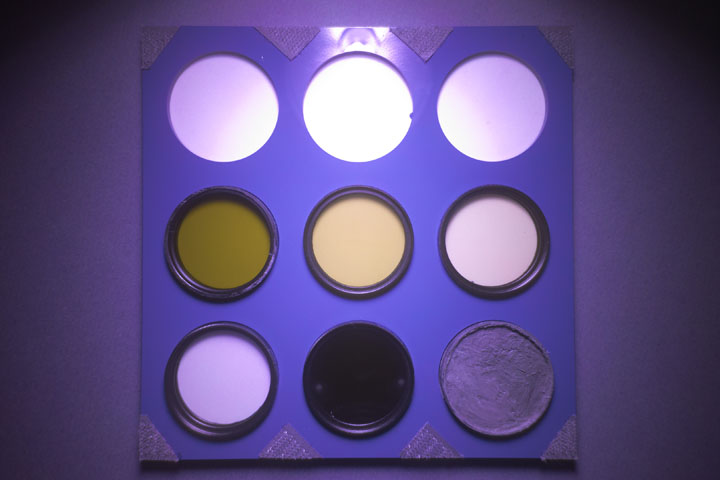
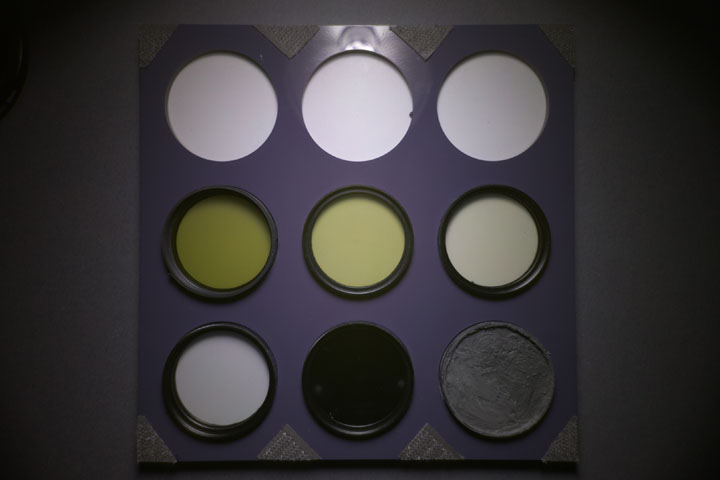

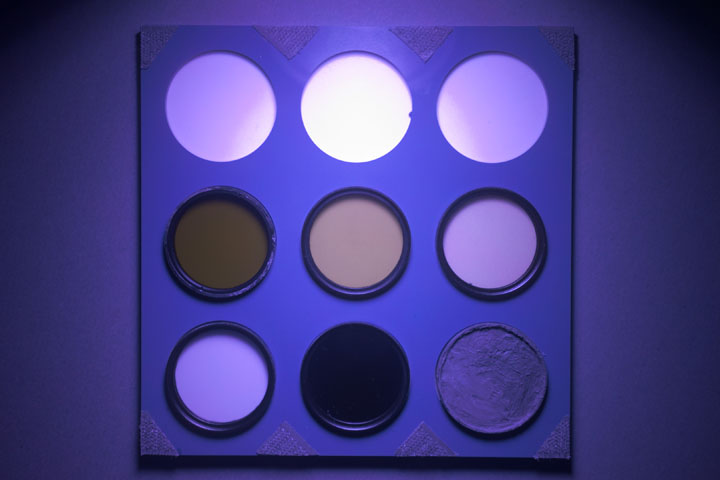
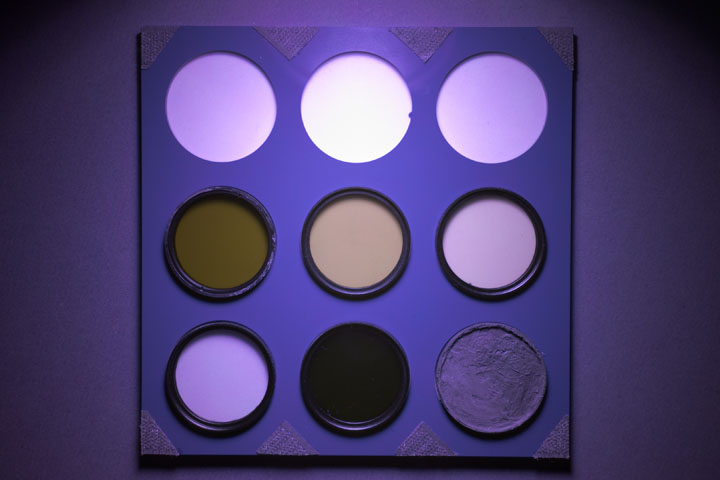

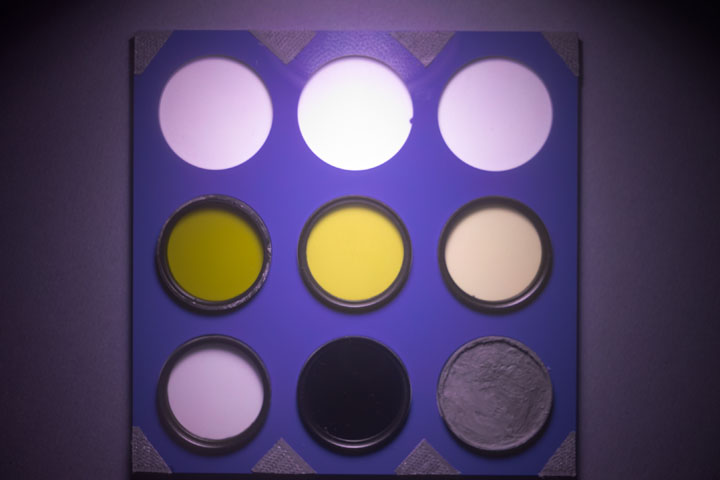

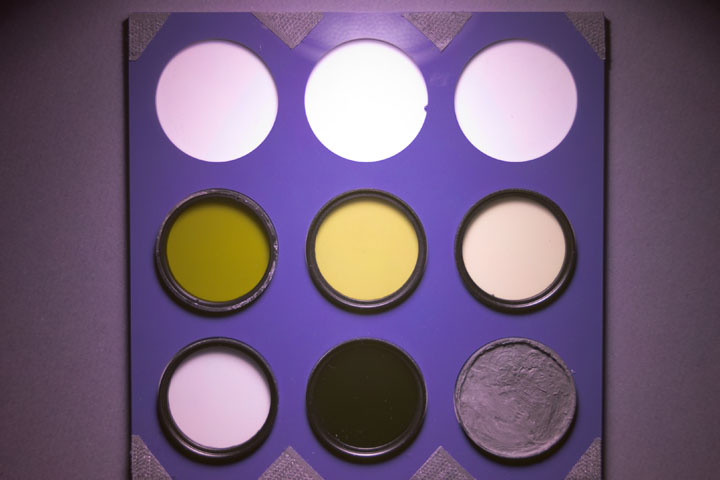
Leave a Reply